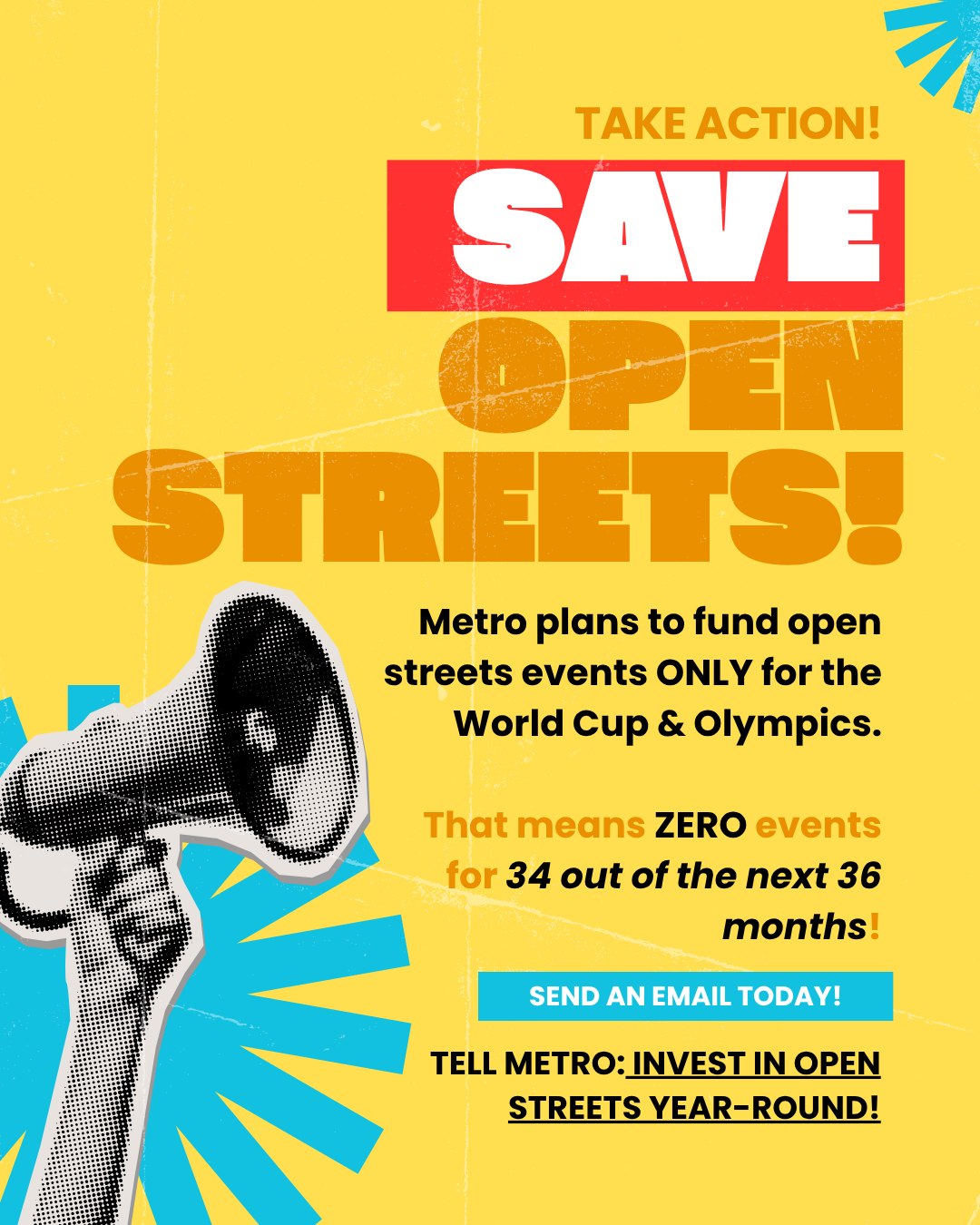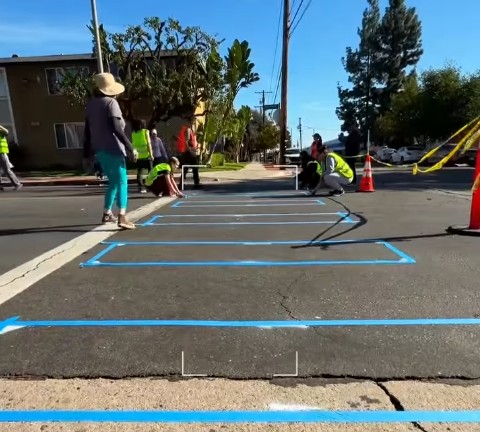
A new report [PDF] offers suggestions for ways that California could better spend the roughly $28 billion it invests in transportation every year, both to be more cost-effective and to better align with the state's environmental goals.
Authored by researchers at the Climate Change and Business Research Initiative, a partnership between the law schools at UCLA and UC Berkeley, the report stemmed from a day-long workshop last fall with a group of California policy makers, transportation experts, and advocates that included some of the top minds in the industry.
"We could put money towards making roads safe for people who ride bikes, people who want to walk, and people who take transit,” said Ethan Elkind, lead author of the report. "At the same time, that would help manage traffic congestion.”
Other ideas include:
- Develop state project performance standards to make sure that new transportation projects align with state environmental and energy goals. There are some good models already in existence, including the project performance analysis for Plan Bay Area, which scores projects on things like integrating land use and transportation as well as cost-benefit ratios.
- Lower the current 2/3 voter threshold for local transportation funding measures, and tying the measures to metrics related to environmental goals.
- Fix existing infrastructure before building new roads--and make sure that repairs and maintenance include safety for all road users, not just people driving cars.
- Require local governments to reduce parking requirements in transit-intensive areas to give developers room to meet actual parking demand more cost-effectively while reducing the cost of transit-oriented projects.
- Develop mileage-based user fees for transportation funding in place of the shrinking gas tax, which decreasingly reflects actual road usage as vehicles become more fuel efficient.
- Amend Article XIX of the California Constitution, which restricts the use of state gas tax funds for transit operations.
“Some of the recommendations are more politically achievable in the near term than others,” said Elkind. “Our goal was to encapsulate ideas from the workshop. We are trying to put out ideas for people to think about, and give options for policy makers to consider.”
Certainly, as Angie Schmitt pointed out recently on Streetsblog USA, we could do a much better job spending our transportation funds if we didn't keep spending them on large new projects and putting off other priorities like maintenance--contributing to the current much-decried shortages in transportation funding, both statewide and across the nation.
Some of the report's recommendations are already in the works, sort of: the California legislature passed S.B. 1077 last fall to study the possibility of creating a pilot road user charge, for example. But some of these ideas, like amending the constitution, could be harder to implement.
Bottom line: between conflicting policies and lack of coordination among agencies, California's transportation dollars are not always spent in alignment with state priorities and environmental goals. This document could be a cheat sheet for policy makers who want to improve state funding rules and find more efficient ways to reach state goals.






